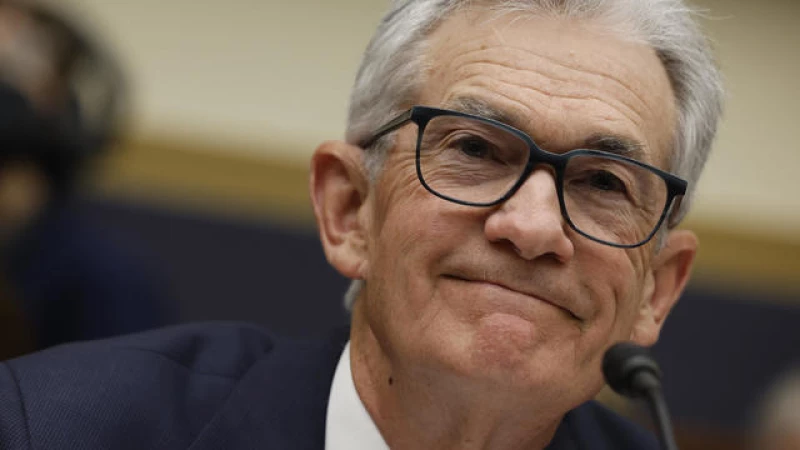Today, the Federal Reserve is set to reveal its third interest rate decision of 2024. Unfortunately for consumers, there is little hope for an immediate reduction in borrowing costs.
Initially, at the beginning of the year, a majority of economists had predicted that the Fed would lower its benchmark rate during the May 1 meeting. However, due to changing economic conditions and persistent high inflation, policymakers are facing challenges in executing their plans. Consequently, the current expectation on Wall Street is for the Fed to maintain the rates at their current levels, as indicated by a survey of economists conducted by financial data firm FactSet.
It is anticipated that the Fed will postpone any rate cuts until later in 2024, with most experts now anticipating the first rate decrease to occur during either the September or November meetings of the central bank, according to FactSet's data. This means that consumers will likely continue to experience elevated costs for various types of loans, such as credit cards and mortgages, while the prices of goods and services remain high.
"Inflation has proven to be a tough nut to crack for the Fed, and they seem committed to keeping rates high until they can get a handle on it," shared Jacob Channel, a senior economist at LendingTree, in an interview with CBS MoneyWatch. "I can see why people are worried and maybe a bit frustrated that the Fed is not eager to lower rates."
However, Channel pointed out that if the Fed were to lower rates prematurely and inflation spiked even higher, it could worsen the economic situation for both consumers and businesses.
What's on the agenda for the Fed this week?
The Federal Reserve's Open Market Committee is scheduled to reveal its rate decision on Wednesday at 2 p.m. Eastern Time. Following that, Fed Chair Jerome Powell will hold a press conference at 2:30 p.m. to discuss the central bank's economic outlook and address inquiries about its choice.
Is a cut in interest rates by the Fed imminent?
It appears unlikely at the moment, as nearly 97% of economists surveyed by FactSet anticipate that the Fed will maintain the current benchmark rate of 5.25% to 5.5%.
The main issue at hand is persistent inflation, which has been on the rise this year due to increased housing and gasoline costs, despite the Fed's attempts to rein in prices. Consumer prices saw a 3.5% increase in March compared to the previous year, up from February's 3.2% rise and January's 3.1% uptick on an annual basis.
About half of economists are predicting a cut at the Fed's upcoming meeting on September 18, with a majority expecting a cut on November 7. These cuts are likely to be around a quarter of a percentage point each, rather than a larger half-point cut, according to experts.
"Investor expectations for rate cuts in the future have significantly decreased," said Stephen J. Rich, CEO of Mutual of America Capital Management. "We anticipate the potential for two cuts totaling half a percentage point by the end of the year."
How will the Fed's decision impact your finances?
Prepare for continued high borrowing costs, as experts suggest. "The average rate on a 30-year mortgage is likely to rise above 7% following the meeting," noted one expert. "Credit card rates, which are already at record highs, are also expected to remain elevated," he added.
"Borrowing money will continue to be relatively expensive for the foreseeable future," the expert continued. "Don't expect rates to drop back to zero anytime soon."
However, there is a potential benefit for savers, as higher-interest savings accounts with yields above 5% are becoming more common. Certificates of deposit may also offer attractive rates," according to banking expert Ken Tumin of DepositAccounts.com.







